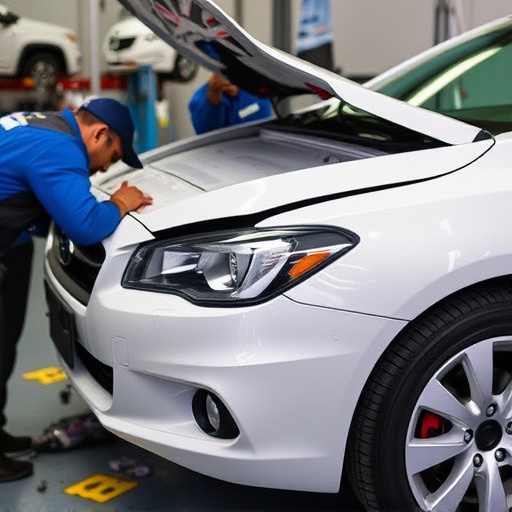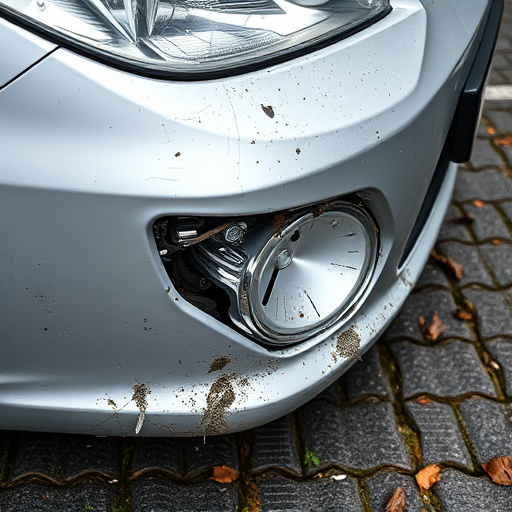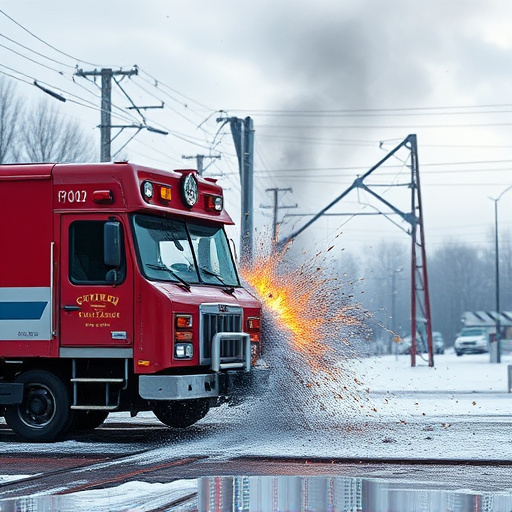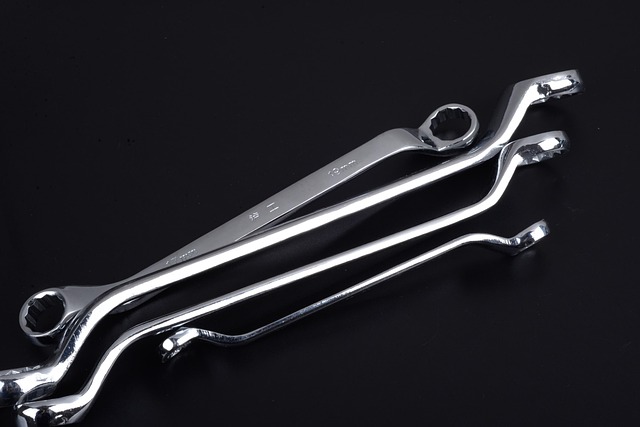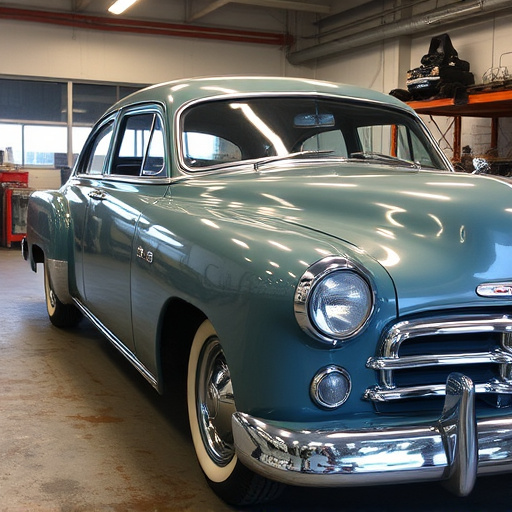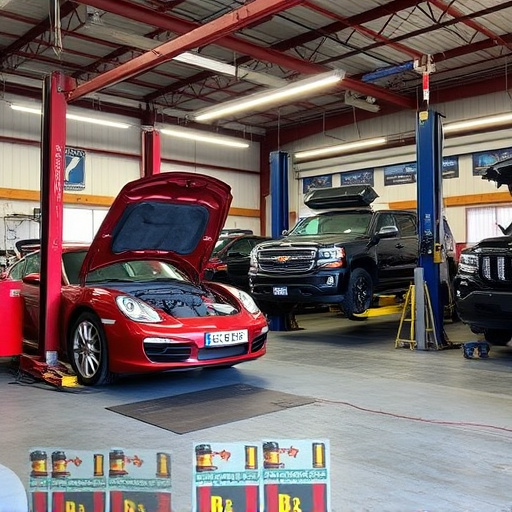Heavy-duty truck collisions present unique challenges due to high speeds and loads, requiring specialized training for emergency responders to manage structural damage, hazardous material leaks, and fire risks. Quick response is crucial for preventing secondary hazards, extricating trapped persons, and ensuring all affected individuals' well-being. Post-collision management involves safety assurances, first aid, investigations, insurance claims processing, vehicle repairs, and facilitating medical treatment, emphasizing the role of specialized auto body repair professionals in restoring vehicles to pre-accident condition while adhering to safety standards.
Heavy-duty truck collisions pose unique challenges due to their immense size, weight, and potential for catastrophic damage. This article delves into the complex dynamics of these crashes, highlighting immediate response obstacles and safety measures that are crucial in mitigating losses. We explore post-collision management strategies and assess the long-term impacts on all involved—from drivers to emergency responders. Understanding these challenges is vital for enhancing safety protocols and improving outcomes in heavy-duty truck collision scenarios.
- Understanding Heavy-Duty Truck Collision Dynamics
- Challenges in Immediate Response and Safety Measures
- Post-Collision Management and Long-Term Impact Assessment
Understanding Heavy-Duty Truck Collision Dynamics

Heavy-duty truck collisions present unique challenges for emergency responders due to their distinct dynamics. These large vehicles, often carrying significant loads at high speeds, can cause severe damage when they collide with smaller vehicles or obstacles. The impact forces involved are immense, leading to potential hazardous situations for all parties involved. Understanding these collision dynamics is crucial in preparing emergency response teams for the specific needs of such incidents.
The aftermath of a heavy-duty truck collision often involves complex issues like structural damage, hazardous material leaks, and potential fire risks. Responders must consider not only extracting occupants from crumpled cabs but also securing unstable trailers or cargo that could shift during rescue operations. Efficient emergency response relies on specialized training to navigate these challenges, ensuring the safety of all individuals involved and minimizing disruptions to traffic flow. Car repair services and car body shops play a vital role in subsequent restoration efforts following such accidents.
Challenges in Immediate Response and Safety Measures
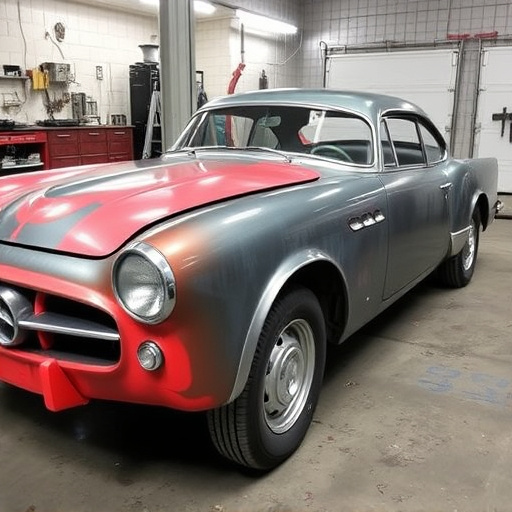
In the aftermath of a heavy-duty truck collision, immediate response challenges are multifaceted and critical. The initial priority is to ensure the safety of all parties involved, which can be complex given the potential for large vehicles to cause extensive damage and pose significant risks to drivers, passengers, and bystanders. Quick thinking and well-coordinated efforts from emergency responders, including fire and medical personnel, are essential in mitigating secondary hazards, extricating individuals trapped within vehicles, and providing immediate medical attention.
Safety measures must also address the unique dynamics of heavy-duty truck collisions. These include stabilizing the scene to prevent further accidents, utilizing specialized equipment for extraction, and ensuring access for emergency vehicles. Proper management of traffic flow and communication among responders are vital to maintain order and expedite the overall response process. Moreover, recognizing the potential for environmental hazards, such as fuel leaks or hazardous cargo releases, is crucial in preventing additional damage and promoting a swift transition from rescue to collision damage repair services, including car dent repair and automotive body work.
Post-Collision Management and Long-Term Impact Assessment

Post-collision management plays a pivotal role in mitigating the immediate consequences and long-term effects of heavy-duty truck collisions. Following an accident, the priority lies in ensuring the safety and well-being of all involved parties. This includes stabilizing any life-threatening injuries, rendering first aid, and extricating individuals from damaged vehicles if necessary. Efficient incident management also involves coordinating with emergency services, fire departments, and medical personnel to provide prompt and specialized care.
The long-term impact assessment is a critical step that extends beyond immediate rescue operations. It involves thorough investigations to determine liability, insurance claims processing, and the coordination of repairs or replacements for both vehicles and cargo. Many individuals affected by heavy-duty truck collisions may also require ongoing medical treatment and rehabilitation due to severe injuries. Engaging with experienced professionals from auto body repair shops and car restoration centers can aid in restoring vehicles to their pre-accident condition while addressing any safety standards, ensuring that the road becomes safer for everyone once again.
Heavy-duty truck collisions present unique challenges that demand swift and specialized response strategies. From understanding complex dynamics to implementing immediate safety measures and managing long-term impacts, emergency responders play a vital role in mitigating damage and improving outcomes. By addressing these critical aspects, we can enhance road safety for all users, ensuring effective management of heavy-duty truck collision scenarios.
